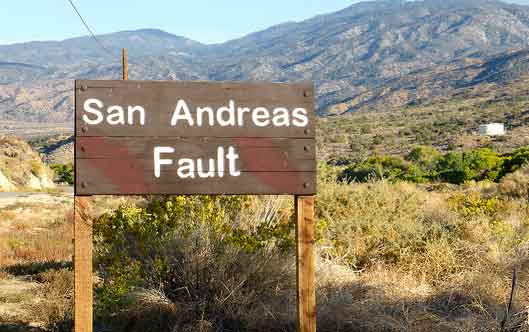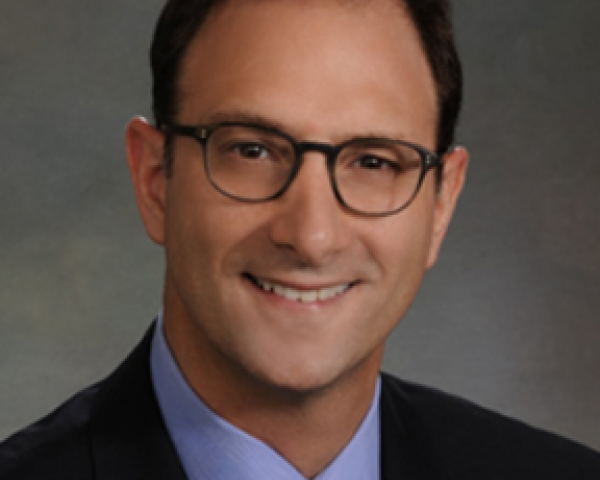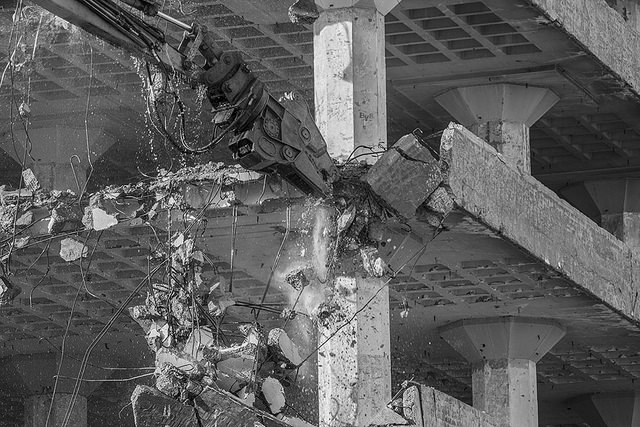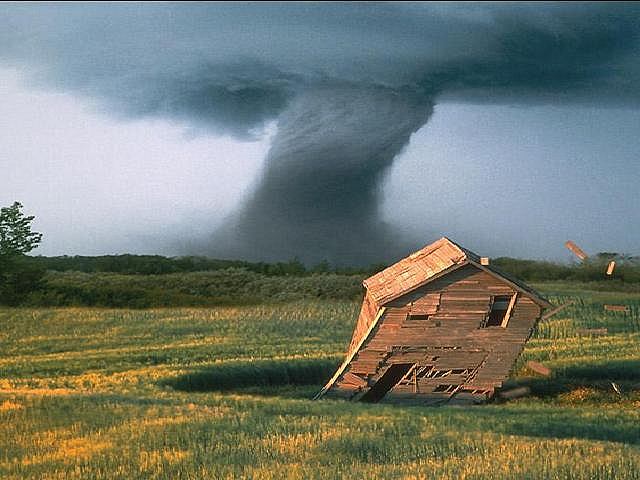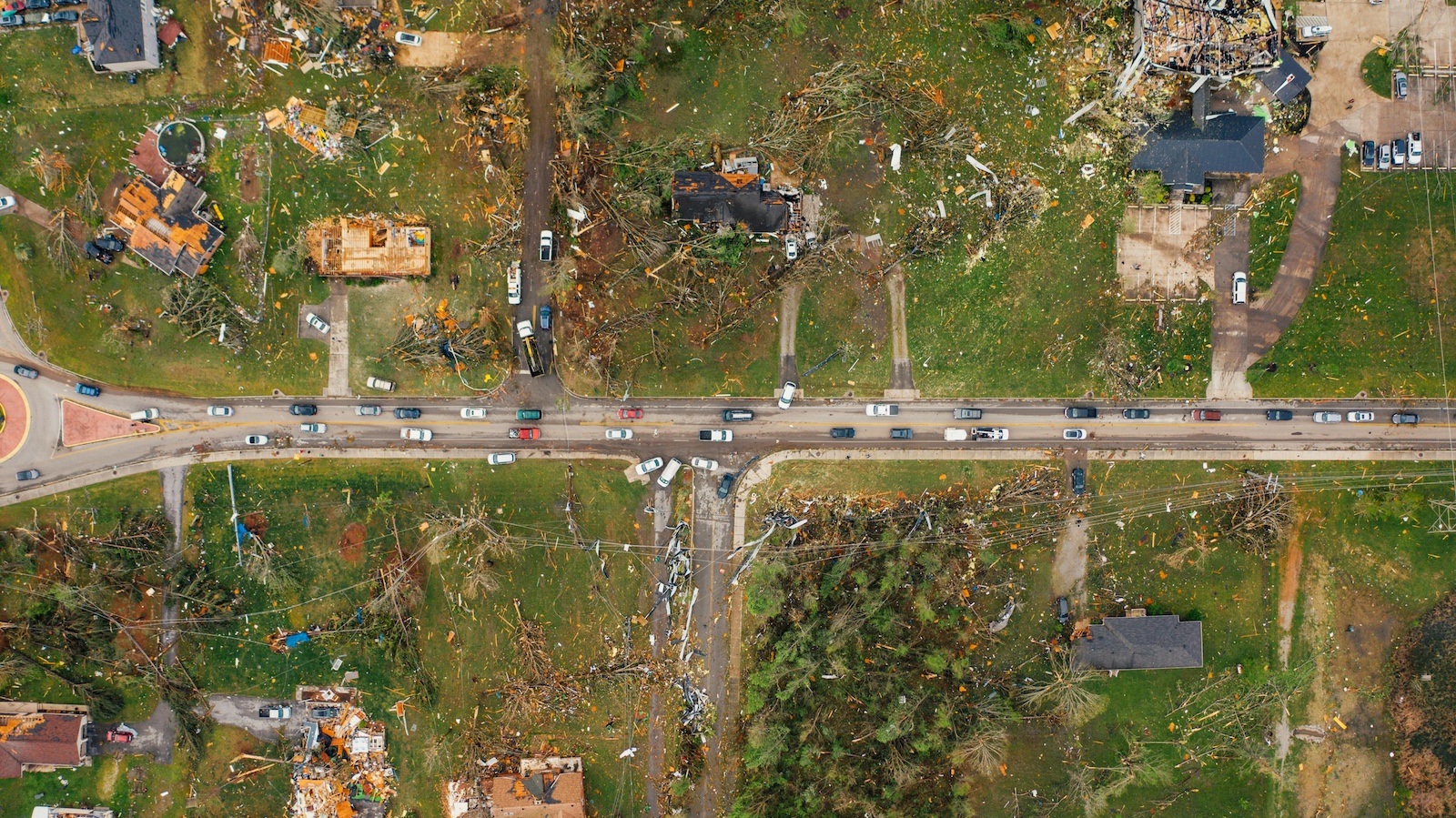For the past two weeks, the disaster movie "San Andreas" has topped the box office, taking in more than $200 million worldwide. The film stars Dwayne "The Rock" Johnson, who plays a helicopter rescue pilot who, after a series of cataclysmic earthquakes on the San Andreas fault in California, uses his piloting skills to save members of his family. It's an action-packed plot sure to keep audiences on the edge of their seats.
As insurance professionals who specialize in quantifying catastrophic loss, we can't help but think of the true disaster that awaits California and other regions in the U.S. when "the big one" actually does occur.
The real horror starts with the fact that 90% of California residents DO NOT maintain earthquake insurance. The "big one" is likely to produce economic losses in either the San Francisco or Los Angeles metropolitan areas in excess of $400 billion. With so little of this potential damage insured, thousands of families will become homeless, and countless businesses will be affected - many permanently. The cost burden for the cleanup, rescue, care and rebuilding will likely be borne by the U.S. taxpayer. The images of the carnage will make the human desperation we saw in both Hurricane Katrina and Superstorm Sandy pale by comparison.
The reasons given for such low take-up of earthquake insurance generally fall into two categories: (1) Earthquake risk is too volatile, too difficult to insure and, as a result, (2) is too expensive for most homeowners.
Is California earthquake risk too volatile to insure?
No.
The earthquake faults in California, including the Hayward, the Calaveras and the San Andreas faults. are the most studied and understood fault systems in the world. The U.S. Geological Survey (USGS) publishes updated frequency and severity likelihood every six years for the entire U.S. This means that estimation of potential earthquake losses, while not fully certain, can be reasonably achieved in the same manner that we can currently estimate potential losses from perils such as tornados and hurricanes. In fact, the catastrophe (CAT) models agree that it's likely that on a dollar-for-dollar exposure basis, losses from Florida hurricanes that make landfall are more severe and more frequent over time than California earthquakes, yet nearly 100% of Florida homeowners actually maintain windstorm insurance. If hurricane risk in Florida isn’t too volatile for insurers to cover, then earthquake risk in California should follow that same path.
Isn't earthquake coverage expensive?
Again, the answer is a resounding no.
The California Earthquake Authority (CEA), the largest writer of earthquake insurance in the U.S., has a premium calculator that quotes mobile homes, condos, renters and homeowners insurance. For example, a $500,000 single-family home in Orange County, CA, can be insured for about $800 a year, or roughly the same price as a traditional fire insurance policy. To protect a $500,000 home, an $800 investment is hardly considered expensive.
The real question should be: Are California homeowners getting good value? CEA policies carry very high deductibles -- typically in the 10% to 15% range -- and the price is “expensive” when the high deductibles are considered. As one actuary once explained it to us, "With that kind of deductible, I'll likely never use the coverage, so like everyone else I'll cross my fingers and hope the 'big one' doesn’t happen in my lifetime."
It's this lack of value that's the single biggest impediment preventing millions of California homeowners from purchasing earthquake insurance. It's also an area that has much room for improvement.
How can we as an industry raise the value proposition of earthquake coverage? Consider the following:
- The industry can make better use of technology, especially the CAT models. California is earthquake country, but it's also a massive state. This map shows that the high-risk areas mostly follow the San Andreas fault and the branches off that fault. There are many lower-risk areas in California, and the CAT models can be used to distinguish the high risk from the low risk. Low risk exposures should demand lower premiums. Even high-risk exposures can be controlled by using the CAT models to manage aggregates and identify the low-risk exposure within the high-risk pools. We expect that CAT models will help us get back to Insurance 101 by helping the industry to better understand exposure to loss, segment risks, correct pricing, manage aggregates and create profitable pools of exposure.
- The industry can bundle earthquake risks with other risks to reduce volatility. Earthquake-only writers (and flood as well) are essentially "all in" on one type of risk, to steal a common poker term. Those writers will fluctuate year to year; there will be years with little or no losses, then years with substantial losses. That volatility affects retained losses and also affects reinsurance prices. Having one source of premium means constantly conducting business on the edge of insolvency. Bundling earthquake risks geographically and with other perils reduces volatility. The Pacific Northwest, Alaska, Hawaii and even areas in the Midwest and the Carolinas are all known to be seismically active. In fact, Oklahoma and Texas are now the new hotbed regions of earthquake activity. Demand in those areas exist, so why not package that risk? Reducing volatility will reduce prices and help stabilize the market. We estimate that in parts of California, volatility is the cause of as much as 50% of the CEA premium.
Hollywood has produced yet another action-packed film. But to add a touch of realism, Hollywood screenwriters should consider making the leading actor, The Rock, a true hero - an "insurance super hero" who sells affordable earthquake insurance.


